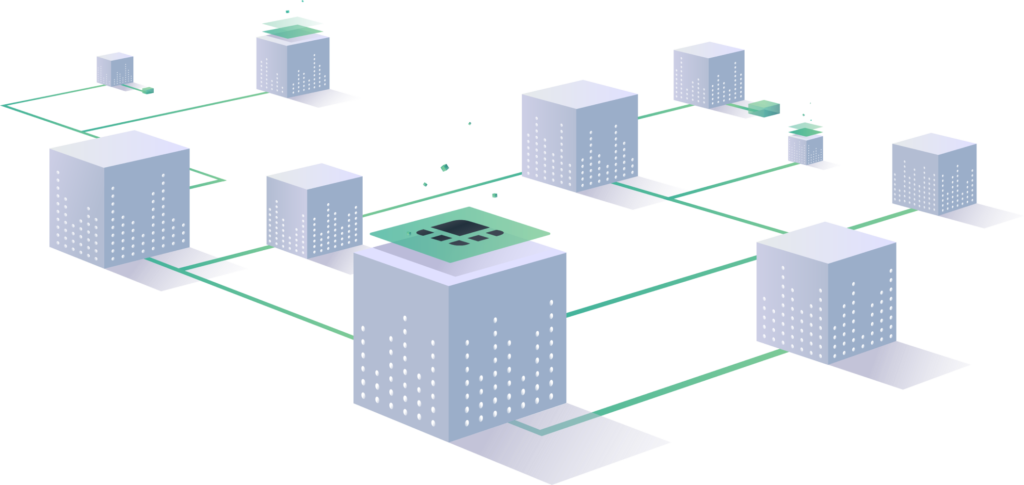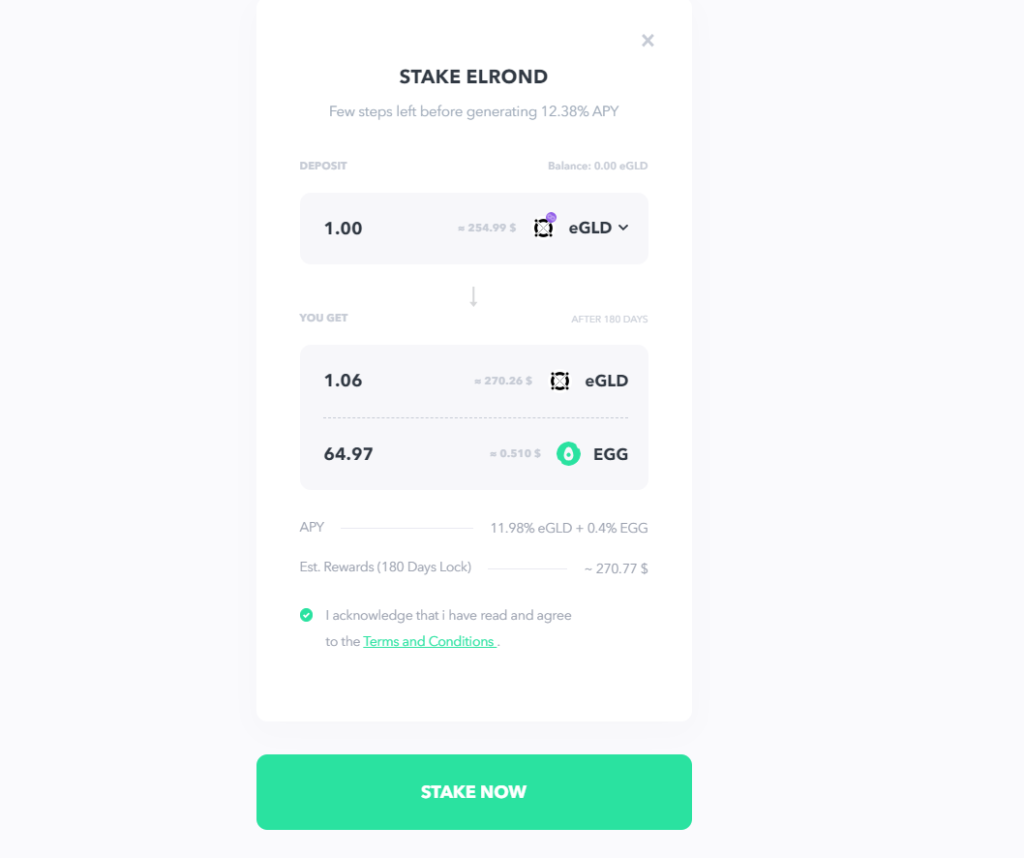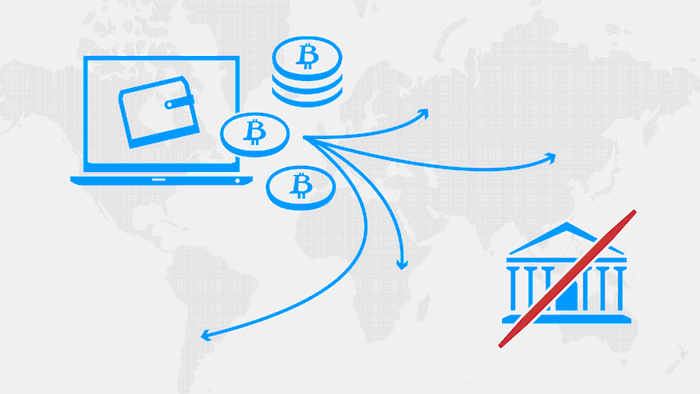Table of Contents
What is Elrond Crypto?
The Elrond is a public blockchain designed for high scalability, interoperability, and throughput. The aim is to develop a decentralized network accessible to anyone, with the backbone of low latency, a transparent financial system, and high bandwidth. The network can process hundreds of thousands of transactions per second for a cost of $0.001 per transaction and a latency of 6 seconds. The network hopes to deliver the same or better performance than centralized networks while simultaneously protecting users’ privacy.
Key Takeaways
- The Elrond network consists of the Metachain, shards, and Nodes.
- Nodes can play three primary roles: Validators, Observers, and Fishermen.
- The benefits of Elrond crypto are its Secure Proof of Stake consensus, powerful ecosystem, and scalable technology.
How Does Elrond’s Network Structure Work?
Elrond’s network consists of shards, the Metachain, and Nodes. A Shard is a smaller partition of the network that is used for scaling. Each of the shards is responsible for a part of the state (smart contracts, blockchain, accounts) and processing transactions (every shard processes only a fraction of the transactions in parallel with other shards).

The Metachain, a blockchain that operates in a special crypto shard, is responsible for notarizing and finalizing the processed shard block headers, storing and keeping a registry of validators, processing fisherman challenges, facilitating communication between shards, triggering new epochs, rewarding and slashing.
And lastly, a Node is a computer, server, or smartphone that runs the Elrond client and relays messages from its peers. The nodes have three main roles, which will be discussed later: Validators, Observers, and Fishermen.
Steps of Staking Elrond Crypto on EGG
The native cryptocurrency of the Elrond network is the eGLD token, used as a medium of exchange between developers and users that pay to use the network with validators who receive payment for their services. It can be used for Smart Contracts, Governance, Staking, Transactions, Validator rewards. Below are the steps of staking the Elrond coin on the EGG platform.
Step 1: Connecting the wallet
Before you can stake your cryptocurrencies, your wallet needs to be connected to the EGG platform. To do so, you can tap the button below and click on the “Open Dashboard” button on the upper right of the screen. After clicking, choose one of the displayed wallets: MetaMask, Magic, Email (EGG.FI Account), Address or ENS name, WalletConnect, Opera & Frame.
Be attentive, as different wallets require different authorization methods. For simplicity’s sake, we will use the MetaMask wallet for the explanation.
After MetaMask is selected, you will get a pop-up on the right corner of the screen with a signature request asking for confirmation to proceed. Once you click “Sign,” your wallet will be connected.
Step 2: Staking Elrond (eGLD)
Once connected, you can start staking through on the “STAKING.” Simply select “Elrond” and tap “Stake.” You can write the amount of Elgorand coins you want to stake in the displayed window and see what you will receive in a year. After inputting the desired amount, click the “Stake” button.

Step 3: Confirmation
Lastly, a pop-up will appear once more on the right side of the screen so that you can “Confirm” the Elrond coins for staking. While the confirmation is processed, please do not leave or refresh the page, as the process will restart, and you will have to do everything from the beginning. During the wait, a second pop-up will appear, asking to confirm the “Contract Interaction,” so your tokens are staked. Waiting may seem long, but do not refresh or leave the page. Once you see the “Transaction Submitted” message, it means that your staking is complete.
If you have difficulties with staking Elrond, you can check our staking tutorial article here.
Benefits of the Elrond Crypto
Some of the benefits of the Elrond network are its Secure Proof of Stake consensus, a powerful ecosystem that includes its Virtual Machine, and Adaptive State Sharding system.
Highly Secured Proof of Stake (SPOS)
Elrond uses a new “Secure Proof of Stake” consensus, which removes the energy and computational waste of Proof of Work, and enables transaction parallelism through Adaptive state sharding. In this mechanism, validator nodes get selected out of a shard based on the amount of eGLD tokens that their operators staked. It also takes into account the individual rating score of each validator. The Rating refers to the past behavior of the validator and is recalculated at the end of an epoch cycle. The higher the rating, the moore likely they are to get selected.

The consensus reduces network latency and lets every node in the shard choose which members will be in the consensus group at the start of each round. Randomization is done through the last block’s aggregated signature, which is estimated to reduce the time needed for electing a consensus group to under 100ms. In addition, Elrond also has a Bellare and Neven multi-signature scheme that reduces the number of communication rounds that are needed in the signing algorithm.
Powerful Ecosystem
Elrond was able to build an ecosystem of trust with developers, exchanges, oracles, validators, staking infrastructures, fiat onramps, collaborative consortiums, and many more. Aside from the ecosystem, another benefit is its high speed. Its protocol for dApps and smart contracts can process over 10 thousand transactions per second, have low block times, fast finality for cross-shard transactions, and negligible fees. In addition, 30% of the fees that are spent on smart contract calls go directly to its author without any extra costs for the caller.
In addition, it has a powerful smart contract execution engine named Arwen WASM VM, or otherwise called the Elrond Virtual Machine. It is based WebAssembly (WASM), which allows developers to also use Typescript, C#, C/C++, and Rust for smart contracts. Plus, it is highly secure and fast.
Scalable Technology
Besides its novel Secure Proof of Stake consensus and Virtual Machine, Elrond also has an Adaptive State Sharding system, which combines the three sharding types (State, Network, and Transaction) into a solution that betters communication within the shards and increases performance via parallel processing. It works through shard merges and splits for unlimited scalability. Sharding is a scaling technique that blockchain networks can use to partition states and transaction processing, so each node would only be required to process a fraction of all transactions. It helps in increasing the throughput of the network as the number of validators grows.
Roles on The Elrond Network
As mentioned previously, the Elrond network has 3 main roles for its nodes: validator, observer, and fisherman.

Validators
These nodes process transactions and secure the network through participation in the consensus mechanism. They earn their rewards from transaction fees and the protocol. Similar to other Proof of Stake systems, validators are required to stake eGLD tokens to align the incentives between the network goals and validators. And if the validators conspire to disrupt the network, they risk losing their stake.
Observers
These are passive members that act as a “read and relay” interface. There are two types of observers: Full (those who keep the complete history of the blockchain) and Light (keep only two epochs of the history). Observers do not need to stake eGLD tokens in order to join the network and do not get rewarded for their participation.
Fishermen
Verifying the validity of blocks once they are proposed is the responsibility of fishermen. If there are invalid blocks that were created due to malicious actors, they challenge them and are rewarded for it. Observers and validators who are not part of the consensus round at that time can play this role.
Final Thoughts
In conclusion, Elrond is a blockchain network that uses the Secure Proof of Stake consensus, Arwen WASM VM, and the Adaptive State Sharding system. It consists of shards, nodes (validator, observer, fisherman), and the Metachain. Its native cryptocurrency is the eGLD which can be used in Staking, Smart Contracts, Governance, Transactions, Validator rewards.
Disclaimer: The opinion expressed here is not investment advice – it is provided for informational purposes only. It does not necessarily reflect the opinion of EGG Finance. Every investment and all trading involves risk, so you should always perform your own research prior to making decisions. We do not recommend investing money you cannot afford to lose.
Dictionary
Sharding – a method used to distribute data across several machine nodes, first used in databases.
WebAssembly (WASM) – an open-standard portable binary-code format matching with CPU architectures.
 English
English Français
Français Español
Español Bahasa Indonesia
Bahasa Indonesia 中文 (中国)
中文 (中国) Русский
Русский Português
Português Deutsch
Deutsch

